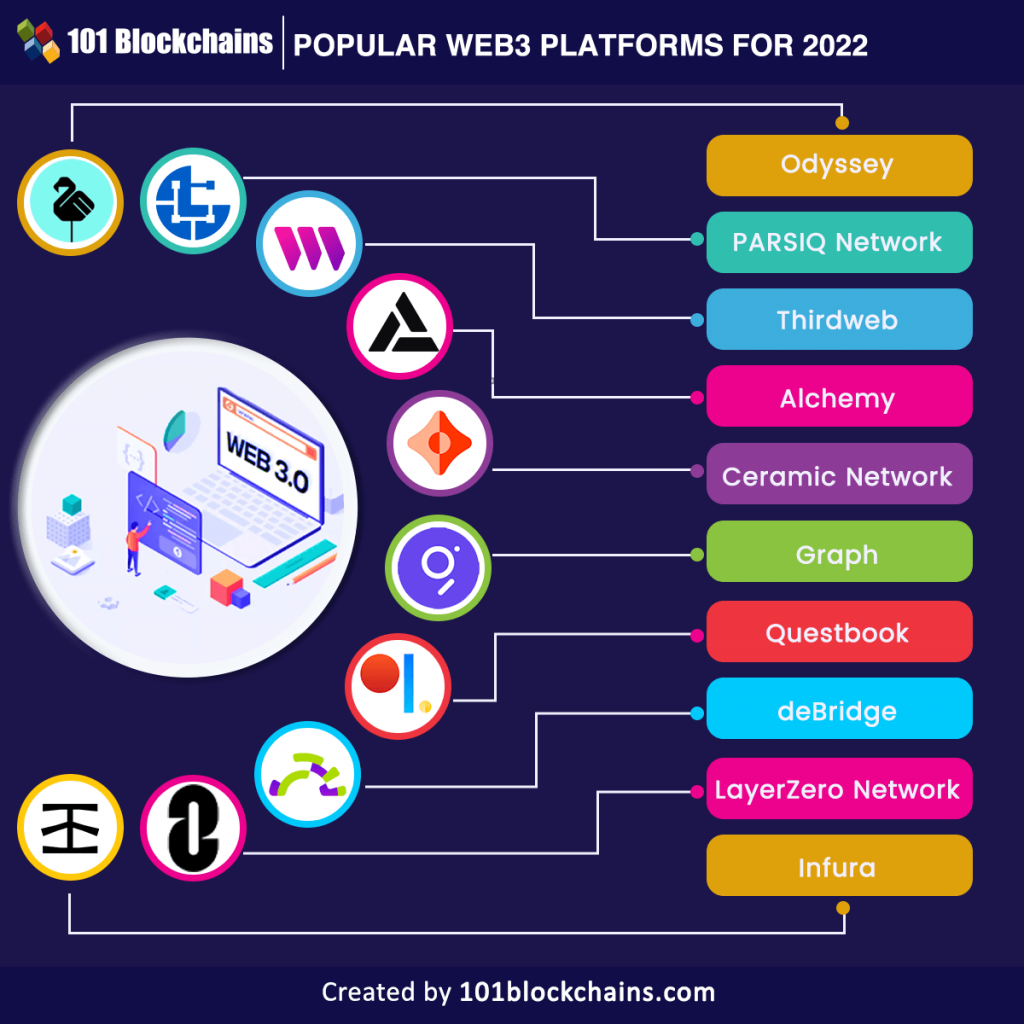
Training Your Workforce for the AI Era: A Beginner’s Guide to Future-Proofing Your Business
The world of work is changing, and Artificial Intelligence (AI) is at the forefront of this transformation. Once a concept confined to science fiction, AI is now an everyday reality, impacting everything from customer service and data analysis to content creation and strategic decision-making. For businesses of all sizes, this isn’t just a trend; it’s a fundamental shift that demands a proactive response.
The biggest mistake a company can make today is to ignore AI or assume it’s "someone else’s problem." Instead of fearing AI will replace jobs, smart leaders are recognizing that AI will transform jobs, making certain tasks obsolete while creating new roles and demanding new skills. The key to thriving in this AI-powered future isn’t just adopting the latest tools; it’s training your workforce to understand, adapt to, and effectively collaborate with AI.
This comprehensive guide will walk you through why training your employees for the AI era is critical, what skills they’ll need, and practical steps to implement an effective training program that future-proofs your business.
Why Is Training Your Workforce for AI So Crucial?
Ignoring the need for AI-focused workforce development is like ignoring the internet in the 90s. Here’s why investing in AI training is not just a good idea, but a necessity:
- Boost Productivity and Efficiency: AI tools can automate repetitive tasks, analyze vast datasets, and generate insights at lightning speed. When your employees know how to leverage these tools, they can work faster, smarter, and focus on higher-value activities that require human creativity and judgment.
- Stay Competitive: Businesses that embrace AI and train their teams will gain a significant edge. They’ll be able to innovate faster, understand their customers better, and operate more efficiently than competitors who cling to outdated methods.
- Attract and Retain Top Talent: Employees, especially younger generations, want to work for forward-thinking companies. Offering training in cutting-edge AI technologies makes your company an attractive place to work, showing you invest in your people’s future. It also reduces employee anxiety about job security by empowering them with new skills.
- Foster Innovation and Problem-Solving: AI isn’t just about automation; it’s a powerful assistant for innovation. When your team understands AI’s capabilities, they can identify new ways to solve old problems, develop new products or services, and uncover opportunities previously unimagined.
- Reduce Fear and Anxiety: The narrative around AI often focuses on job displacement. Proactive training helps demystify AI, transforming it from a perceived threat into a valuable co-worker. When employees understand how AI can augment their roles, fear turns into excitement and confidence.
- Ensure Responsible AI Use: As AI becomes more integrated, understanding its ethical implications, biases, and data privacy concerns is paramount. Training ensures your team uses AI tools responsibly and ethically, safeguarding your company’s reputation and compliance.
What Skills Do Your Employees Need for the AI Era?
It’s a common misconception that "AI skills" only mean coding or advanced data science. While those are important for specialists, most employees will need a blend of technical literacy and enhanced human-centric skills. Think of AI as a powerful tool – your employees need to know how to use it effectively and what to do with the results.
Here’s a breakdown of essential skills for the AI era, explained simply:
1. AI Literacy and Understanding
- What it is: This is the foundational knowledge. Employees don’t need to build AI models, but they should understand what AI is, what it can and cannot do, its basic concepts (like machine learning, natural language processing), and common applications.
- Why it’s important: It demystifies AI, helps employees identify opportunities for its use in their daily tasks, and reduces fear.
- Example: Understanding that a chatbot uses AI to answer common customer questions, or that an AI tool can summarize long documents.
2. Data Literacy
- What it is: AI thrives on data. Employees need to understand what data is relevant, how to collect it ethically, how to interpret insights derived from AI, and how to spot potential biases or inaccuracies in data used by AI.
- Why it’s important: Garbage in, garbage out! If employees don’t understand the data feeding AI, the AI’s output will be flawed. They also need to be able to critically evaluate AI’s suggestions based on the underlying data.
- Example: Knowing that customer feedback data can be used by AI to identify product improvement areas, or understanding why certain data points might lead to biased AI recommendations.
3. Prompt Engineering (Talking to AI)
- What it is: This is the art and science of writing effective instructions or "prompts" for AI tools (like ChatGPT, Bard, or image generators) to get the desired output. It involves being clear, specific, and iterative.
- Why it’s important: AI is only as good as the instructions it receives. Learning how to ask the right questions and refine prompts will unlock AI’s full potential for tasks like writing, brainstorming, or analysis.
- Example: Instead of "Write a marketing email," a good prompt is: "Write a concise, persuasive marketing email for a new online course on AI fundamentals, targeting small business owners, highlighting benefits like increased efficiency and reduced costs. Include a call to action to sign up for a free webinar."
4. Critical Thinking and Problem-Solving
- What it is: AI can generate answers, but humans need to evaluate those answers. Employees must be able to think critically about AI’s output, question its assumptions, identify potential errors, and apply human judgment to complex problems.
- Why it’s important: AI is a tool, not a decision-maker. Humans must remain in control, using their unique ability to connect dots, understand nuances, and apply ethical considerations.
- Example: An AI suggests a marketing campaign based on past data. A human critical thinker would ask: "Does this campaign align with our current brand values? Are there any unforeseen ethical implications? How might external factors (like a new competitor) impact this?"
5. Creativity and Innovation
- What it is: While AI can generate creative ideas, true innovation often comes from unique human insights, empathy, and the ability to combine disparate concepts in novel ways.
- Why it’s important: AI can be a powerful brainstorming partner, but humans are the originators of truly groundbreaking ideas and the ones who can translate them into meaningful action.
- Example: An AI can generate 100 taglines for a new product, but a human with strong creative skills will select the most impactful one, refine it, and understand how it resonates emotionally with the target audience.
6. Emotional Intelligence and Collaboration
- What it is: These are inherently human skills: empathy, active listening, teamwork, negotiation, and conflict resolution. AI cannot replicate genuine human connection.
- Why it’s important: Even with advanced AI, most work involves interacting with other humans – colleagues, customers, partners. Strong emotional intelligence ensures effective teamwork, builds trust, and handles the nuances of human interaction that AI cannot.
- Example: An AI can provide data on customer sentiment, but a customer service representative with high emotional intelligence can truly empathize with a frustrated customer and de-escalate a difficult situation.
7. Adaptability and Lifelong Learning
- What it is: The AI landscape is evolving at an incredible pace. Employees need to be open to new technologies, willing to learn continuously, and comfortable with change.
- Why it’s important: What’s cutting-edge today might be obsolete tomorrow. A mindset of continuous learning is crucial for staying relevant and effective.
- Example: Regularly attending webinars on new AI tools, experimenting with new features, and proactively seeking out information on AI trends.
8. Ethical AI Use and Responsibility
- What it is: Understanding the potential biases in AI, the importance of data privacy, and the ethical implications of using AI in various contexts.
- Why it’s important: Ensuring AI is used in a fair, transparent, and responsible manner, avoiding discrimination, privacy breaches, or misuse of technology.
- Example: Knowing not to feed sensitive personal customer data into a public AI tool, or understanding how an AI recruiting tool might inadvertently perpetuate biases present in historical data.
How to Implement AI Training for Your Workforce: Practical Steps
Developing an AI training program doesn’t have to be overwhelming. Here’s a step-by-step approach to get started:
Step 1: Assess Current Skills and Identify Needs
- What to do: Don’t assume everyone is starting from scratch. Survey your employees about their current understanding of AI, their comfort level with technology, and what tasks they think AI could help them with.
- Why it’s important: This helps you tailor your training. Some teams might need basic AI literacy, while others might benefit from advanced prompt engineering or data analysis with AI tools.
- How: Use anonymous surveys, conduct small focus groups, or have managers discuss AI integration during one-on-one meetings.
Step 2: Identify AI Opportunities Within Your Business
- What to do: Look for specific areas where AI can make an immediate impact. Where are the repetitive tasks? Where is data analysis slow? Where could customer interactions be improved?
- Why it’s important: This makes AI training tangible and relevant. Employees will see the direct benefit of learning new skills when they can apply them to real-world problems in their roles.
- How: Brainstorm with department heads. For example:
- Marketing: AI for content generation, social media analysis.
- Customer Service: AI chatbots for FAQs, sentiment analysis.
- HR: AI for resume screening, onboarding automation.
- Finance: AI for fraud detection, predictive analytics.
Step 3: Develop a Phased Training Plan
- What to do: Don’t try to do everything at once. Create a roadmap that introduces AI concepts gradually.
- Why it’s important: A phased approach prevents overload, allows for practical application, and builds confidence.
- How:
- Phase 1 (Awareness): General AI literacy for everyone. What is AI? How does it impact our industry?
- Phase 2 (Application): Specific training on how to use AI tools relevant to different departments (e.g., how sales can use AI for lead generation, how HR can use AI for recruitment).
- Phase 3 (Advanced/Specialized): Deeper dives for power users or those in roles that will heavily rely on AI (e.g., prompt engineering workshops, ethical AI considerations).
Step 4: Choose the Right Training Methods
- What to do: Mix and match different approaches to cater to various learning styles.
- Why it’s important: Effective training isn’t one-size-fits-all.
- How:
- Online Courses (MOOCs): Platforms like Coursera, Udemy, edX offer excellent beginner-friendly AI courses. Many are free or low-cost.
- Internal Workshops: Conduct hands-on sessions led by an internal AI champion or an external consultant. Focus on practical application with company-specific examples.
- Webinars and Guest Speakers: Invite AI experts to share insights and answer questions.
- Lunch & Learns: Short, informal sessions over lunch to discuss AI topics or demonstrate new tools.
- Pilot Programs: Select a small group or department to test new AI tools and training methods. Let them become internal champions.
- AI Sandbox/Playground: Provide a safe environment (e.g., a dedicated Slack channel, an internal AI tool) where employees can experiment with AI tools without fear of breaking anything.
- Mentorship/Peer Learning: Encourage employees who grasp AI concepts quickly to help their colleagues.
Step 5: Foster a Culture of Continuous Learning and Experimentation
- What to do: AI is not a one-and-done training. Encourage ongoing learning, experimentation, and sharing of knowledge.
- Why it’s important: The AI landscape evolves rapidly. Your training program needs to be dynamic.
- How:
- Allocate Learning Time: Dedicate a certain amount of work time (e.g., 1 hour a week) for AI-related learning.
- Share Success Stories: Highlight how employees are using AI to improve their work.
- Regular Updates: Share news and developments in AI relevant to your industry.
- Reward Innovation: Recognize and reward employees who find innovative ways to use AI.
- Leadership Buy-In: Ensure management actively participates in and champions AI adoption and learning.
Step 6: Measure Progress and Adapt
- What to do: Track the effectiveness of your training and be prepared to adjust your approach based on feedback and results.
- Why it’s important: To ensure your investment is paying off and to refine your strategy.
- How:
- Feedback Surveys: Gather input after each training session.
- Performance Metrics: Look for improvements in productivity, efficiency, or innovation in areas where AI tools are being applied.
- Employee Engagement: Are employees more confident and less anxious about AI?
- Regular Reviews: Periodically review your AI strategy and training program to ensure it aligns with your business goals and the latest AI developments.
Common Mistakes to Avoid in AI Workforce Training
- Ignoring it: The biggest mistake of all. Doing nothing ensures your business will be left behind.
- One-Size-Fits-All Training: Not all employees need the same level or type of AI training. Tailor programs to roles and departments.
- Focusing Only on Technical Skills: Neglecting soft skills like critical thinking, creativity, and emotional intelligence is a recipe for disaster. These are the skills AI cannot replicate.
- Not Involving Employees: Imposing AI training without explaining the "why" or getting employee input can lead to resistance and disengagement.
- Lack of Ongoing Support: Training isn’t a single event. Without continuous learning opportunities and a supportive environment for experimentation, initial enthusiasm will fade.
- Over-Reliance on AI: Remember, AI is a tool. Employees still need to understand the underlying principles of their work and apply human judgment. Don’t let AI become a crutch that replaces critical thinking.
Conclusion: AI as a Co-Pilot, Not a Replacement
The AI era is not about replacing your workforce; it’s about empowering them. By investing in comprehensive, well-thought-out training, you’re not just preparing your employees for the future; you’re actively building a more agile, innovative, and productive business.
Think of AI as a powerful co-pilot. Your human workforce provides the destination, the judgment, and the creativity, while AI handles the heavy lifting, the complex calculations, and the repetitive tasks. The businesses that understand this partnership and invest in the human side of the equation will be the ones that truly thrive in the exciting, AI-powered world ahead. Start training your workforce today – the future of your business depends on it.



Post Comment